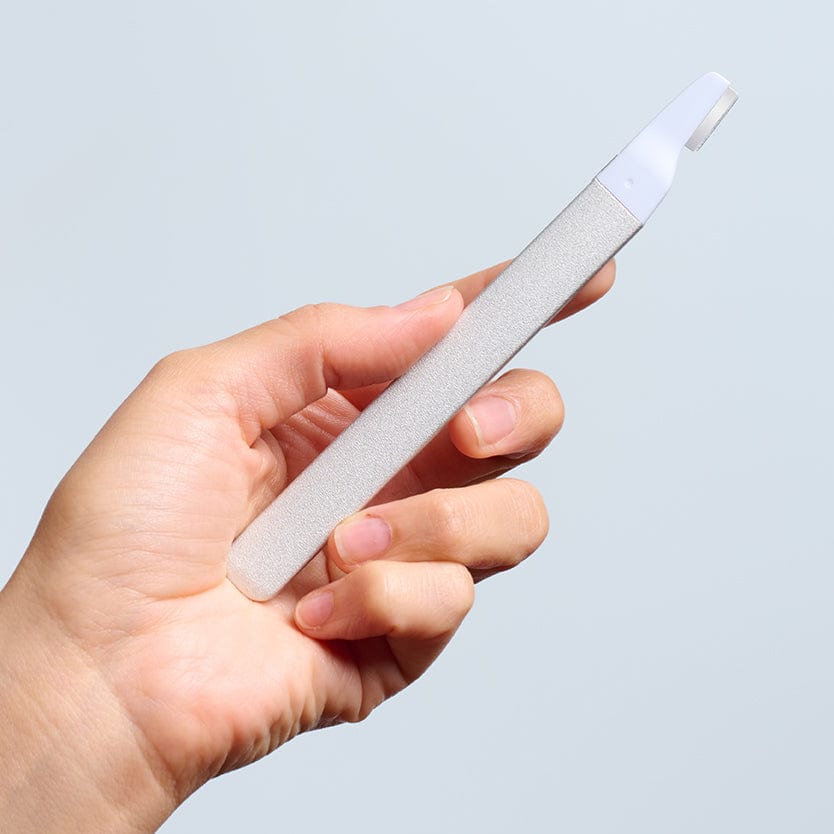Skin School Class 6: How To Moisturize Your Skin The Right Way
Written by Kerry Benjamin

Moisturizing is so much more than just slapping on a heavy cream and calling it a day. Let’s learn about what moisturized skin really means, and how you can achieve it for your healthiest, happiest skin.
What is Moisturized Skin?
To keep skin properly moisturized, it needs a balance of both water and oil. Water plumps and hydrates skin cells so they can function at their best while oil creates a seal over the skin’s surface, locking in moisture and preventing water from evaporating out of the skin. Your moisturizing routine should contain a mix of both water-loving ingredients that draw hydration into the skin and oil-based ingredients that lock in all the dewy goodness.
Why Moisturize?
No matter your skin type or skin concerns, moisture is the number one non-negotiable for healthy skin. Moisture helps skin cells function at their best, shields the skin from external irritants, and keeps the deeper layers of the skin plump and firm. Dry, dehydrated skin becomes vulnerable to all sorts of skin woes, from irritation and acne to fine lines and wrinkles.
Tips For Moisturizing The Right Way
Apply To Damp Skin:
To get the most out of your moisturizing ingredients, apply them while your skin is still slightly damp skin from cleansing. Think of your skin as a sponge– if you put a blob of dish soap on a dry sponge, it will just sit there. But if you put that same blob on a wet sponge, it will sink right in. Applying products on damp skin helps your skin absorb moisturizing ingredients more effectively. It’s especially important for water-loving ingredients like hyaluronic acid, which bonds with water droplets to draw them deeper into the skin.
Apply Thinnest to Thickest:
If you’re using more than one serum or cream, apply thinnest serums and moisturizers first and then follow with thicker creams. Thicker creams often contain oils and butters that have larger molecules, so if you put them on first, they will block your thinner products from absorbing.
Use Oils Before SPF But After Moisturizer:
Even if your favorite face oil looks thinner than your heavy creams, always leave your oils and oil-based balms as the last step in your routine before SPF. Oils form a protective barrier on top of the skin, so if you apply a moisturizer over an oil, it won’t be able to penetrate the seal, leaving the product sitting on top of your skin. Using a face oil as the last step in your routine also allows the oil to trap the hydration from your moisturizer in the skin, locking in the moisture and preventing dehydration throughout the day. If you’re using an oil during the day, make sure to give it at least 5 minutes to absorb before applying your SPF so that the excess oil does not dilute the efficacy of your sunscreen.
About the Author

Kerry Benjamin, a licensed aesthetician, has over 14 years of experience. Kerry is the driving force behind StackedSkincare. As the company's CEO, Kerry has dedicated her career to revolutionizing skincare. Her innovative approach combines peels, serums, and specialized tools to effectively address a wide range of skin concerns. CA LE license number Z98459.

